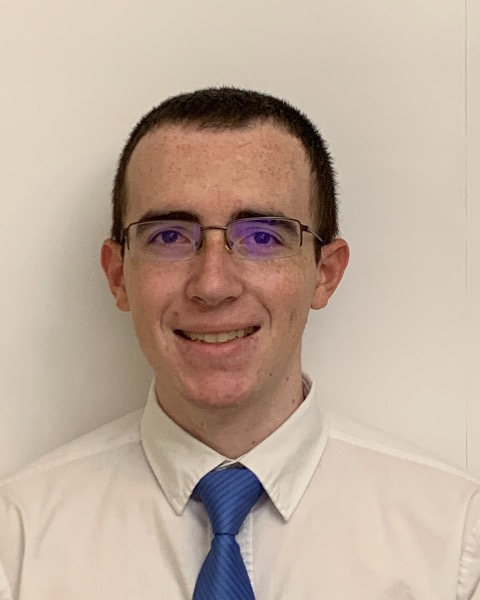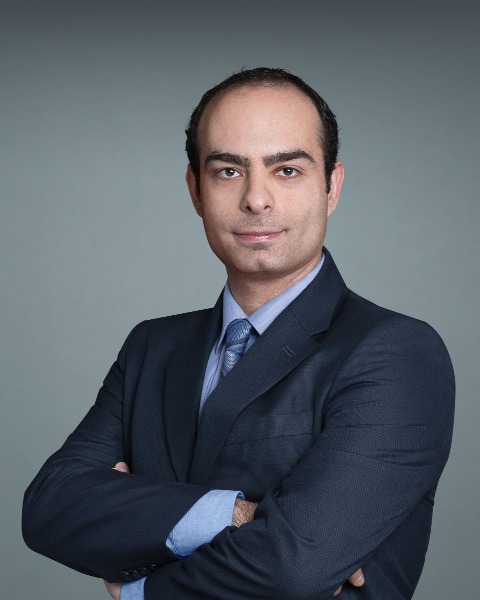Embolization
Low-flow Vascular Malformations of the Head and Neck: A Pictorial Review and Survival Guide for Challenging Cases
.jpeg.jpg)
Peter Choi, BS
Medical Student
Philadelphia College of Osteopathic MedicineDisclosure(s): No financial relationships to disclose

David Swilling, BS
Research Intern
NYU Grossman School of Medicine- MG
Megan Gaffey, MD
Assistant Professor
NYU - PS
Pareena Sharma, BS
Student
Medical College of Georgia .jpg)
Jay H. Shah, MD
Associate Professor
Emory University School of Medicine- DV
Darshan Variyam, MD
Interventional Radiologist
Boston Children's Hospital - Dept of Radiology/IR - SE
Sean Evans, MD
Assistant Professor
Emory University School of Medicine 
C. Matthew Hawkins, MD
Associate Professor of Radiology
Emory University School of Medicine- AG
Anne Gill, MD (she/her/hers)
Associate Professor
Emory University 
Tarub S. Mabud, MD, MS
Resident Physician
New York University Grossman School of Medicine
Bedros Taslakian, MD, MA (he/him/his)
Associate Professor, Director of VIR Research Program; Director of Clinical Research Integration
NYU Langone Health
Frederic Bertino, MD
Clinical Assistant Professor; Director of Pediatric Interventional Radiology
Department of Radiology at NYU Grossman School of Medicine
Abstract Presenter(s)
Author/Co-author(s)
Understand how multidisciplinary care between otolaryngology (ENT) and interventional radiology (IR) can provide the most effective collaborative care to these patients
Background:
The International Society for the Study of Vascular Anomalies (ISSVA) classifies low-flow vascular malformations as lymphatic and venous malformations, many of which occur in the head and neck. Clinical diagnosis of these vascular lesions is aided by several imaging modalities such as US and MRI which provide findings that are characteristic of each vascular malformation. Following diagnosis, interventional radiologists and otolaryngologists may offer several treatment options in tandem or together aimed at reducing the progression of and preventing further complications of low-flow malformations.
Clinical Findings/Procedure Details:
This exhibit will first review the imaging characteristics for the diagnosis of low-flow vascular malformations. Next, several cases of various low-flow malformations of the head, neck, and orbit will be presented with treatment strategies that best detail the collaborative work between ENT and IR. The discussion on treatment options will focus on the indications for several sclerosants and novel therapeutics, and how these treatments can be used in conjunction with surgical intervention with special attention paid to indications to appropriate treatment, diagnostic and treatment pitfalls, technical considerations, and clinical follow-up.
Conclusion and/or Teaching Points:
The collaborative work of interventional radiologists and otolaryngologists plays an important role in the management of low-flow vascular malformations of the head and neck by providing imaging expertise and offering multidisciplinary treatment options.

.png)
.jpg)
.png)
.png)
.png)
.jpg)
.png)
.png)
.jpg)